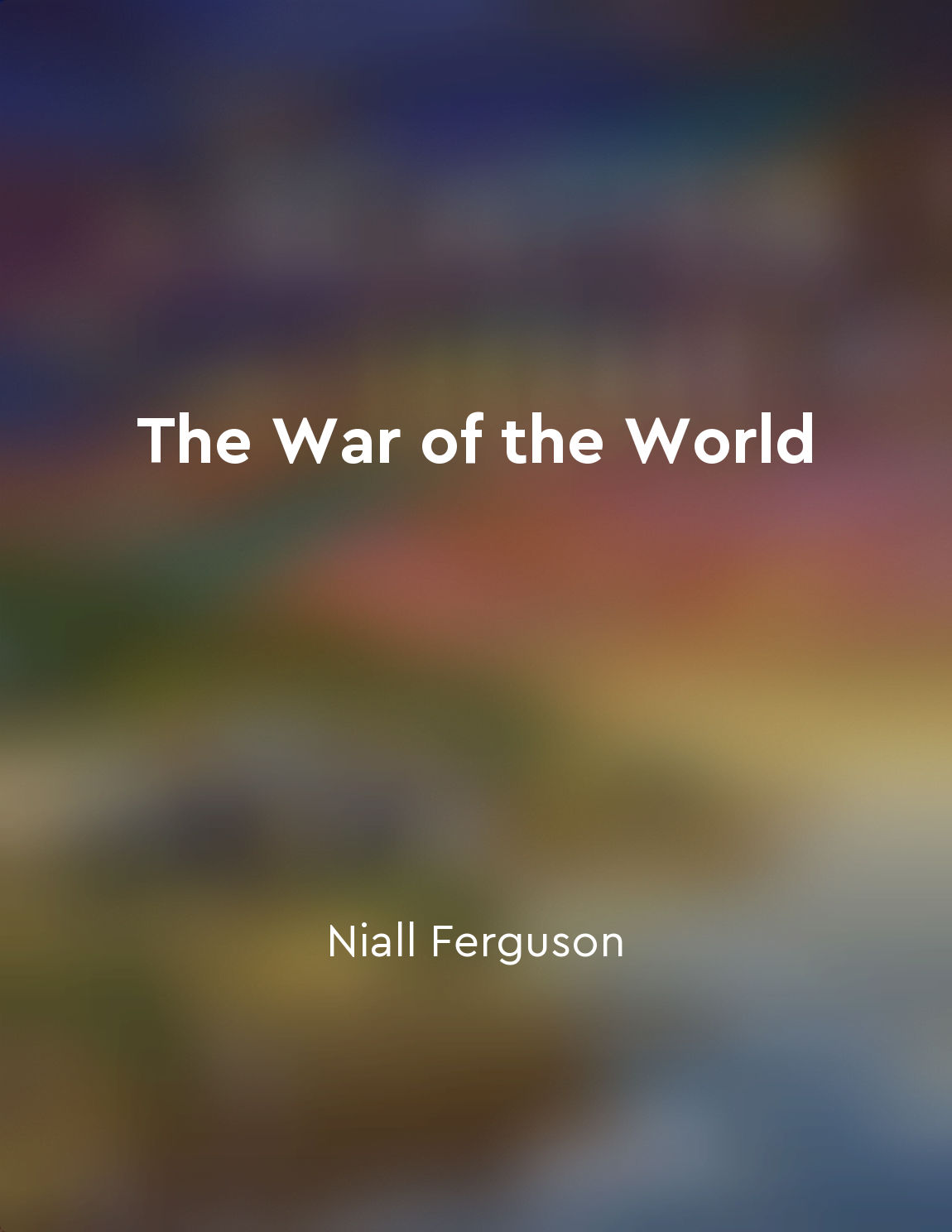Understanding the historical context is crucial in debunking the myth of religious violence from "summary" of The Myth of Religious Violence by William T Cavanaugh
To fully grasp the fallacy of the idea that religion is intrinsically violent, it is essential to delve into the historical context in which this myth has taken root. By examining the ways in which power dynamics, politics, and economics intersect with religious beliefs and practices, we can begin to see that the notion of 'religious violence' is not only simplistic but also misleading. Throughout history, religion has often been used as a tool by those in power to justify and perpetuate violence. By invoking religious rhetoric and symbols, rulers have sought to legitimize their actions and rally support for their causes. However, it is important to recognize that these acts of violence are not inherently religious in nature; rather, they are driven by a complex web of factors that go beyond religious identities. Moreover, the very concept of 'religious violence' is problematic in that it essentializes and homogenizes diverse religious traditions. By painting all religious groups with the same brush, we overlook the internal diversity and complexity within each faith tradition. This oversimplification not only perpetuates stereotypes and prejudices but also obscures the underlying causes of conflict and violence. By situating acts of violence within their historical context, we can begin to see how religion is often co-opted and manipulated for political ends. Whether it is the Crusades in medieval Europe or the conflicts in the Middle East today, it is crucial to look beyond the surface level of religious rhetoric and symbols to understand the deeper motives at play. In debunking the myth of religious violence, we must resist the temptation to reduce complex historical events to simplistic narratives of 'good versus evil' or 'us versus them'. Instead, we should strive to uncover the multifaceted layers of power, ideology, and interests that underlie acts of violence. Only by understanding the historical context in which these events unfold can we begin to challenge and dismantle the myth of religious violence.Similar Posts
Recognizing the complexity of conflicts is crucial in moving beyond simplistic narratives
To move beyond simplistic narratives about conflicts, it is essential to recognize their inherent complexity. Simplistic narrat...
Political powers have historically used religion as a tool to legitimize violence
One of the prevalent narratives in discussions of violence is the idea that religion is a major source of conflict in the world...

Economic volatility often leads to conflict
Niall Ferguson argues that throughout history, economic volatility has been a key factor in leading to conflict. When economies...
